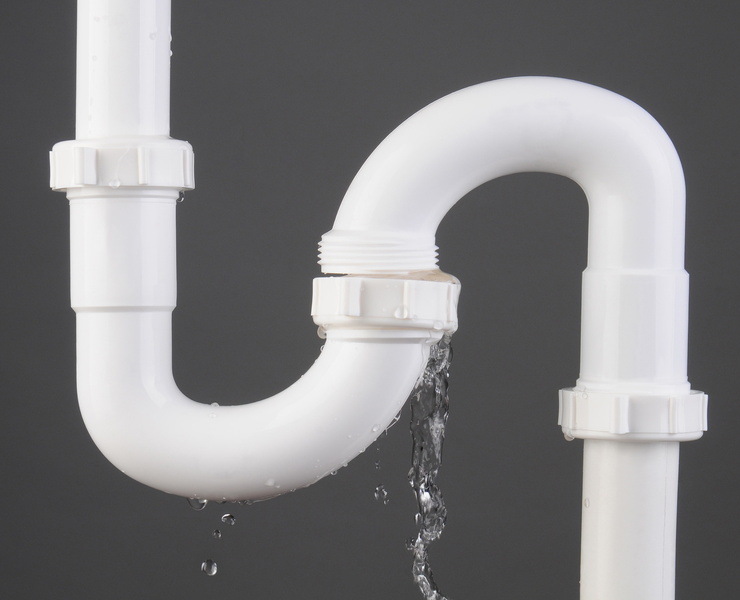Detect Concealed Water Line Leaks: 6 Smart Detection Tips
Detect Concealed Water Line Leaks: 6 Smart Detection Tips
Blog Article
Just how do you really feel when it comes to Leaking water lines?

Early detection of leaking water lines can alleviate a possible disaster. Some small water leaks might not be visible.
1. Analyze the Water Meter
Every home has a water meter. Examining it is a surefire way that helps you find leaks. For beginners, shut off all the water resources. Ensure nobody will flush, utilize the tap, shower, run the cleaning maker or dish washer. From there, go to the meter and watch if it will transform. Given that no one is using it, there ought to be no motions. If it relocates, that shows a fast-moving leakage. Furthermore, if you detect no changes, wait an hour or two as well as inspect back once again. This suggests you might have a slow-moving leak that could even be underground.
2. Examine Water Consumption
Assess your water expenses and also track your water consumption. As the one paying it, you ought to observe if there are any kind of inconsistencies. If you identify sudden changes, despite your consumption being the same, it indicates that you have leaks in your plumbing system. Remember, your water costs must fall under the very same variety every month. An unexpected spike in your expense indicates a fast-moving leakage.
A consistent increase every month, also with the same behaviors, shows you have a slow-moving leak that's additionally slowly rising. Call a plumber to extensively inspect your home, especially if you really feel a cozy area on your flooring with piping underneath.
3. Do a Food Coloring Examination
When it comes to water usage, 30% comes from commodes. If the color somehow infiltrates your dish throughout that time without flushing, there's a leak between the storage tank and also dish.
4. Asses Exterior Lines
Do not forget to check your outside water lines also. Examination spigots by connecting a yard tube. Ought to water leak out of the link, you have a loosened rubber gasket. Change this and guarantee all links are limited. If you have actually got a lawn sprinkler, it will certainly aid get it professionally analyzed as well as preserved each year. One little leakage can squander lots of water and also increase your water bill.
5. Check and Examine the Circumstance
Homeowners should make it a practice to inspect under the sink counters and also even inside cabinets for any bad odor or mold and mildew development. These two red flags indicate a leakage so punctual attention is called for. Doing regular evaluations, even bi-annually, can conserve you from a significant issue.
Check for discolorations and deteriorating as many devices as well as pipes have a life expectations. If you presume leaking water lines in your plumbing system, don't wait for it to rise.
Early discovery of leaking water lines can minimize a prospective calamity. Some small water leaks might not be visible. Inspecting it is a surefire method that helps you uncover leaks. One little leak can throw away lots of water and spike your water expense.
If you suspect dripping water lines in your plumbing system, don't wait for it to intensify.
WARNING SIGNS OF WATER LEAKAGE BEHIND THE WALL
PERSISTENT MUSTY ODORS
As water slowly drips from a leaky pipe inside the wall, flooring and sheetrock stay damp and develop an odor similar to wet cardboard. It generates a musty smell that can help you find hidden leaks.
MOLD IN UNUSUAL AREAS
Mold usually grows in wet areas like kitchens, baths and laundry rooms. If you spot the stuff on walls or baseboards in other rooms of the house, it’s a good indicator of undetected water leaks.
STAINS THAT GROW
When mold thrives around a leaky pipe, it sometimes takes hold on the inside surface of the affected wall. A growing stain on otherwise clean sheetrock is often your sign of a hidden plumbing problem.
PEELING OR BUBBLING WALLPAPER / PAINT
This clue is easy to miss in rooms that don’t get much use. When you see wallpaper separating along seams or paint bubbling or flaking off the wall, blame sheetrock that stays wet because of an undetected leak.
BUCKLED CEILINGS AND STAINED FLOORS
If ceilings or floors in bathrooms, kitchens or laundry areas develop structural problems, don’t rule out constant damp inside the walls. Wet sheetrock can affect adjacent framing, flooring and ceilings.
https://www.servicemasterbyzaba.com/blog/how-to-detect-water-leakage-in-walls/

I hope you enjoyed reading our topic on Detecting hidden plumbing leaks. Thanks so much for spending some time to browse our content. For those who enjoyed our blog posting plz be sure to share it. Thanks so much for taking the time to read it.
Drain blockage? Seek our expertise. Report this page